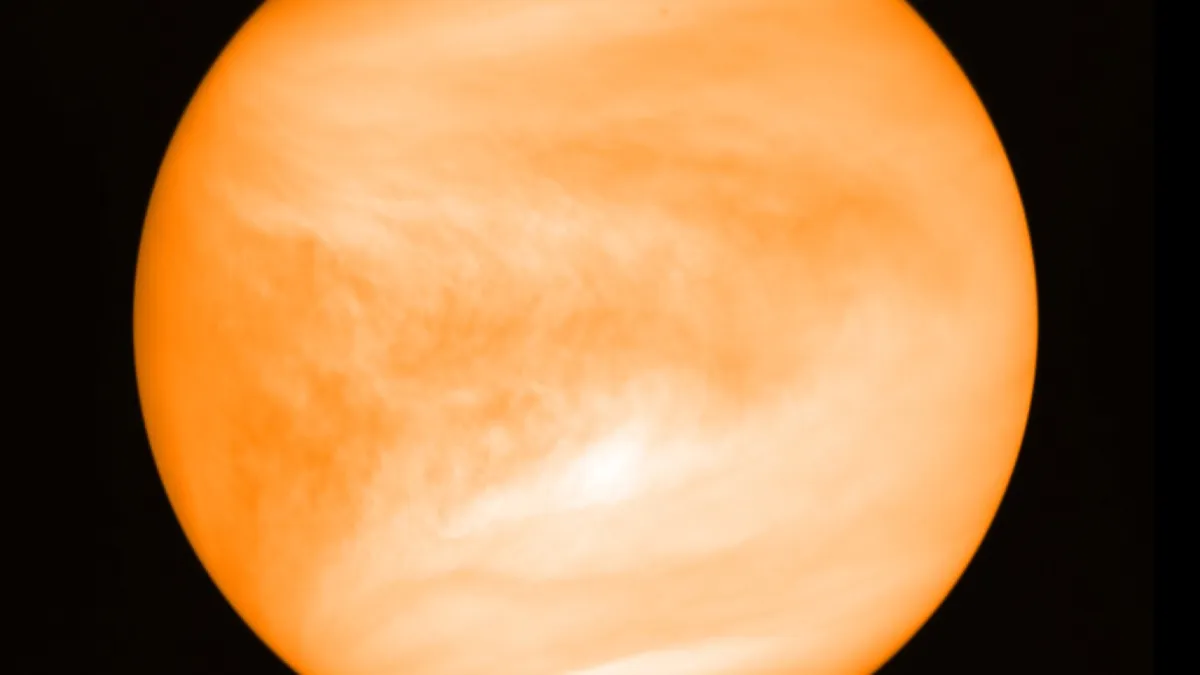
A Soviet-era spacecraft, originally intended for a mission to land on Venus in the 1970s, is projected to make an uncontrolled descent back to Earth in the near future. The spacecraft, which weighs approximately half a ton, is currently under the scrutiny of space debris-tracking experts who are monitoring its trajectory and potential impact.
Dutch scientist Marco Langbroek has forecasted that the failed spacecraft, known as Kosmos 482, will reenter Earth's atmosphere around May 10. If it remains structurally intact, it is expected to plunge to the surface at a speed of 150 mph (242 kph). Langbroek reassured the public, stating, “While not without risk, we should not be too worried.” He emphasized that the risk associated with this object is relatively low, akin to that of a random meteorite fall, which occurs several times a year. In fact, he noted that individuals face a higher risk of being struck by lightning during their lifetime.
The Soviet Union launched Kosmos 482 in 1972 as part of a series of missions aimed at exploring Venus. However, the spacecraft never successfully exited Earth orbit due to a rocket malfunction. Most components of Kosmos 482 disintegrated upon reentry within a decade, but experts believe the landing capsule—a spherical object measuring about 3 feet (1 meter) in diameter—has been orbiting Earth in a highly elliptical path for the past 53 years, gradually descending in altitude.
Interestingly, there is a possibility that the spacecraft could survive its reentry. It was designed to endure extreme conditions while descending through the thick carbon dioxide atmosphere of Venus. According to Langbroek, “The parachute system is likely non-functional after so many years in space,” raising concerns about its effectiveness during reentry. Furthermore, the spacecraft's heat shield may have deteriorated over time. Jonathan McDowell from the Harvard-Smithsonian Center for Astrophysics noted that it would be preferable for the heat shield to fail, as this would result in the spacecraft burning up upon entering the atmosphere. However, if the heat shield remains intact, “it’ll reenter intact and you have a half-ton metal object falling from the sky.”
The spacecraft’s reentry could occur anywhere within the latitude range of 51.7 degrees north to south, encompassing areas as far north as London and Edmonton in Alberta, Canada, down to Cape Horn in South America. However, Langbroek pointed out that since a significant portion of the Earth’s surface is covered by water, “chances are good it will indeed end up in some ocean.”
In conclusion, while the reentry of Kosmos 482 poses some risk, experts believe that the likelihood of it causing harm is minimal. The situation will continue to be monitored closely as the predicted reentry date approaches.
The Associated Press Health and Science Department is supported by the Howard Hughes Medical Institute’s Science and Educational Media Group and the Robert Wood Johnson Foundation. The AP retains full responsibility for all content.